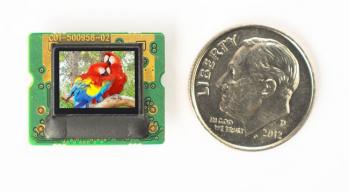IHS: the OLED smartphone market totaled $3.8 billion in Q2 2019
IHS Markit says that the global OLED smartphone market totaled $3.8 billion in Q2 2019. The top producer was Samsung Display had a market share of 82% ($3.15 billion in revenues).

The second largest OLED smartphone maker is China's BOE Display that had a 12% market share ($456 million in revenues). BOE experienced very vast growth - its market share in Q4 2018 was only 4% and in Q1 2019 it was 9%.








